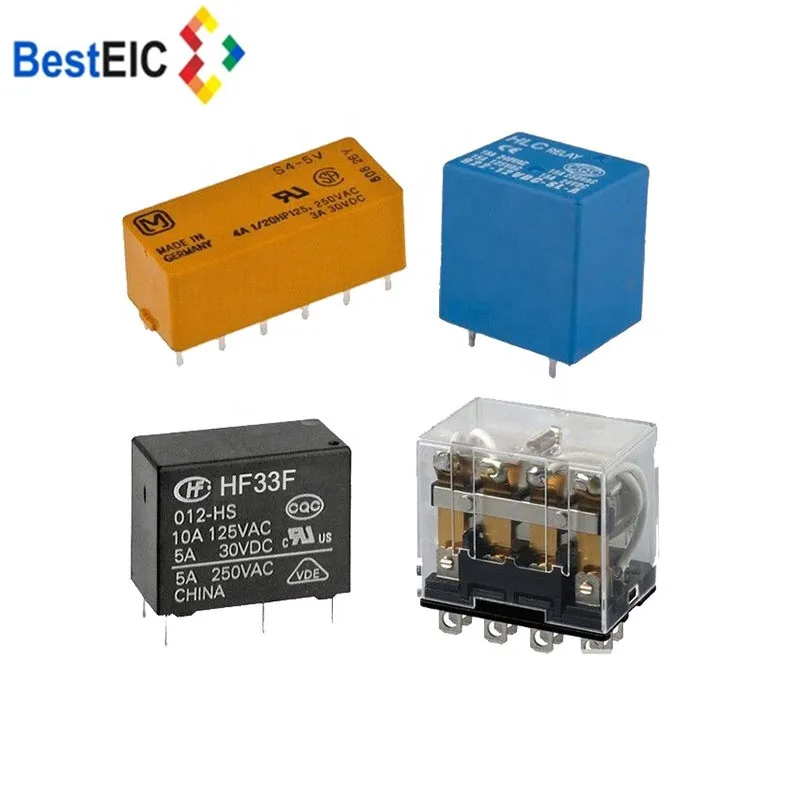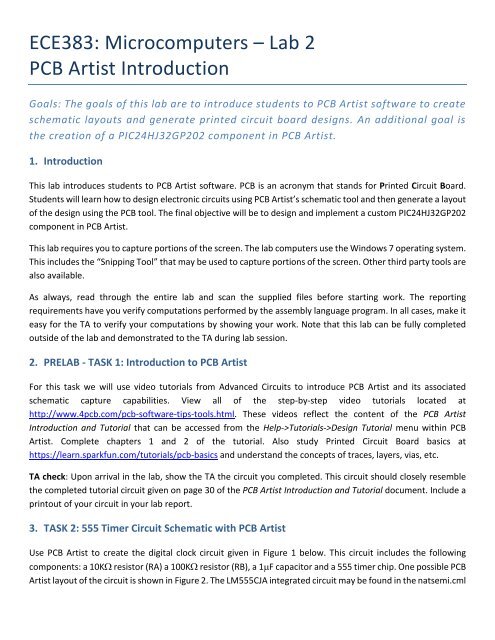

Single color and low-power LEDs are the most common. It’s a necessary part of a PCB and available in single, multi-color, high and low-power varieties. LED – a light-emitting diode is a crucial component that gives off light. They come in large cylinders or little disk-shaped gumdrops. A majority of them are tan or blue, though they are available in a few other colors.Ĭapacitors – capacitors play an essential role in storing electrical charge. Resistors are thin, rectangular plates or polyester film. The primary function of resistors is to control the flow of current to other parts of a PCB. A PCB consist of several parts, such as the ones highlighted below:

Without details, a PCB is nothing but a bare board. (Several PCB components on an isolated white background) For the best operation, RAM needs to be adjacent to the CPU socket. On the circuit board, the connection position of the RAM matters a lot. It’ is the “random access” because you can access any memory cell directly provided you know the column and row that intersect at that cell. Other chips that go into PCBs manufacture include capacitors, LEDs, copper, and potentiometers, to mention but a few.Ģ.7 RAM (Random Access Memory) connection position on the circuit board When designing a PCB, there are many chips required besides diodes, transistors, fuses, and diodes. These components are also known as chips. There are plenty of components that go into the manufacture of printed circuit boards. One-piece card edges are the ideal type for small circuit boards. The most common connector types are one-piece card edges and two-piece board-to-board. Connectors do come in a variety of shapes, sizes, quality levels, and complexities. Connectors are small electronic devices that easily and quickly interrupt or disconnect a circuit path. Modern PCBs include several processing cores that work in unison to process instructions.Ģ.5 Connectors on smaller circuit boards (especially on the motherboard) Depending on the PCB part, you may have to include more than one processor on the PCB. Processors play an essential role in receiving input and providing the appropriate output. A fuse breaks if too much current flows in a circuit. A diode allows current to flow in one direction while blocking the other.

Again, depending on where you intend to use your PCBs, you may be forced to choose between nut or bolt fasteners.Ģ.3 The battery, fuse, diode, and transistor of the circuit boardĪ shower, diodes, fuses, and transistors are essential elements on a PCB. Bolts come in different length sizes, but nuts have a standard size. When it comes to fastening, you’ll have to choose between nuts and bolts. Does your project require flex, rigid, or rigid-flex PCBs? You need to choose the right PCB suitable for your project.Ģ.2 Identify other “nut and bolt” electronic circuit componentsĪs a designer, you’ll have to fasten your PCBs. The first thing that you need to do is to determine the PCB that will suit your project. When designing PCBs, the ingredients that go into the entire PCB design matters a lot as a designer, the following are what you may need to keep at the back of your mind when it comes to PCB components identification.Ģ.1 First, determine the printed circuit board or PCB

PCBs are ubiquitous when it comes to almost all electronic components. If one part fails, then the PCB may fail to function as intended. For a PCB to function effectively, each component must play its role. PCBs consist of electrical elements such as diodes, capacitors, fuses, and resistors. How to Choose the Right PCB ComponentsĪ printed circuit board component is an electrical part that goes into making the entire circuit board. PCB Component Layout you Need to Know the Electronic Circuit


 0 kommentar(er)
0 kommentar(er)
